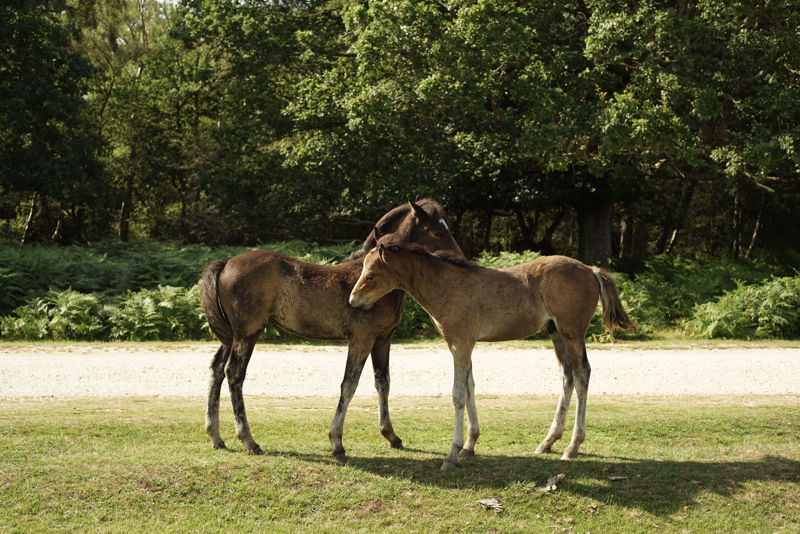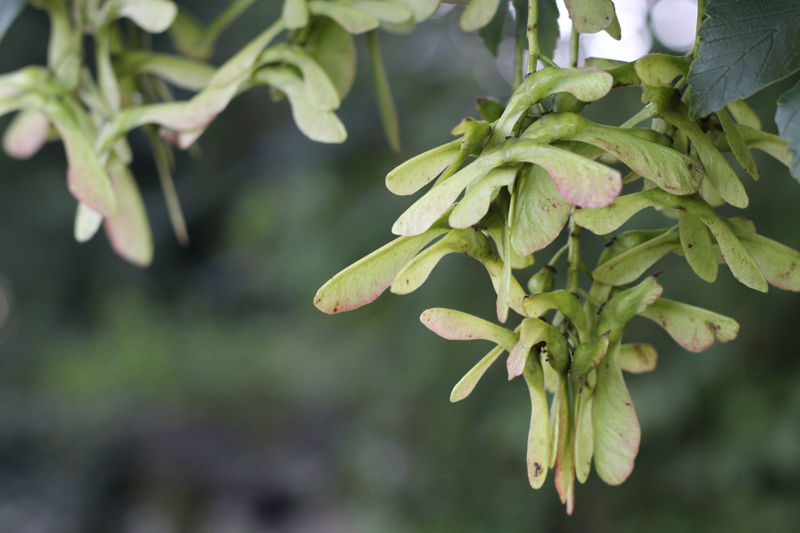External parasites pose a threat to horse health and can cause irritation and distress. We look at ways you can support your horse and how to manage and prevent equine lice and mites.
Feedmark's Director of Science and Nutrition, Dr. Stephanie Wood, takes a look prohibited substances and how we can reduce the risk of our horses consuming them.
Dr. Stephanie Wood, Lily Carson and Sue Carson of Sue Carson Saddles, investigate the seasonal fluctuations in equine body weight and the factors influencing saddle fit...
In the final part of our feed better for less™ series, Dr. Stephanie Wood looks at how to supplement our horses in the most cost-effective way...
In issue 4 of The Journal for Equine Nutrition, guest contributor Alison Morris takes an in-depth look at Equine Metabolic Syndrome, the risk factors associated with it and how horses with this condition can be managed.
Feeding horses seems to have become a complicated business. This short article written by Dr. Stephanie Wood outlines the key points to consider when deciding what to feed your horse and in what quantities...
Essential fatty acids have become a common topic when discussing equine nutrition, mainly due to our increased understanding of their integration into cells and tissues, and their important functions in physiological processes. Dr. Stephanie Wood reviews the structure and function of essential fatty acids...
Boswellia has increased in popularity for feeding to horses over recent years. Feedmark are continuously investing in new product development (NPD) so horse owners can support their horse's health with the products and ingredients they want. In response, Feedmark have developed Boswellium™...
Feedmark Nutritionist, Abigail Malone, reviews the nutritional requirements of growing foals from weaning to twelve months.
Dr. Stephanie Wood, PhD Equine Nutrition, PgDip, BSc (Hons), RNutr (Animal), R.Anim.Tech, investigates a holistic approach to supporting your horse’s mobility.
Dr. Stephanie Wood, Director of Science and Nutrition, investigates what Atypical Myopathy is and how you can reduce the risk...
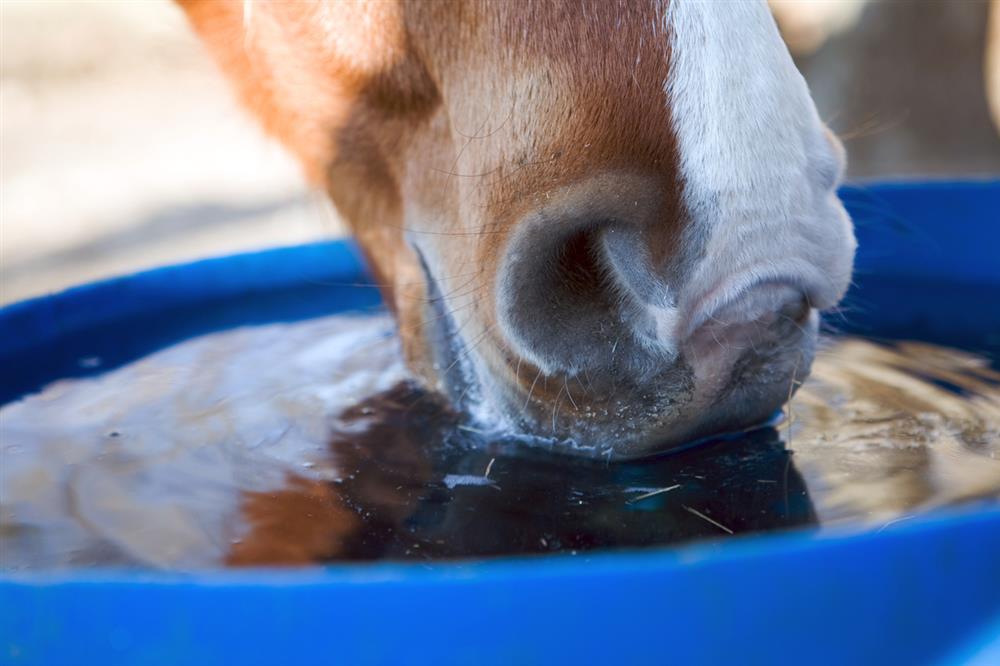
Whether you’re at home with your furry companion or out at a competition, hydration is key. Before grabbing your hat and boots or your dog’s lead, consider whether they are well hydrated and how you can reduce the risk of dehydration.


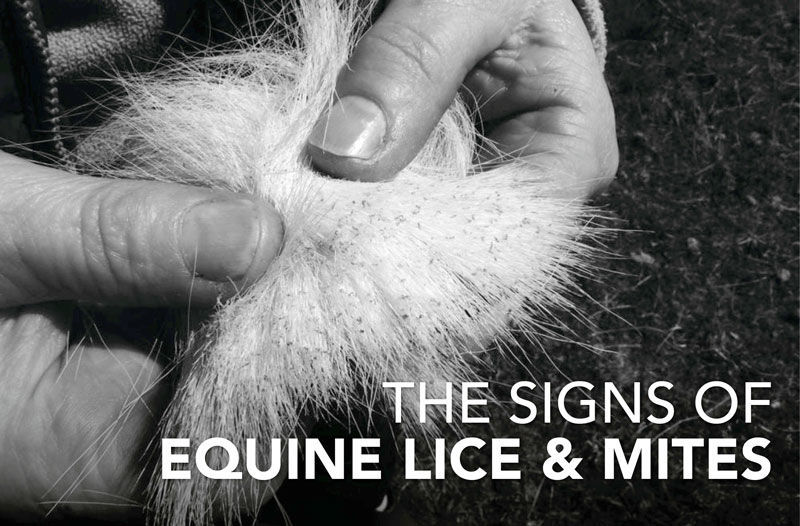
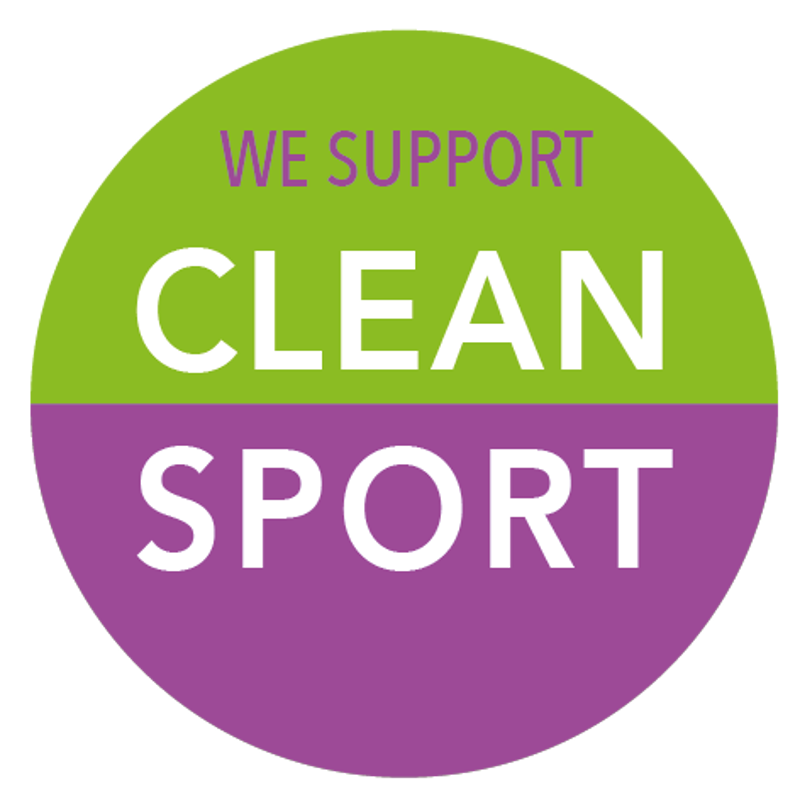

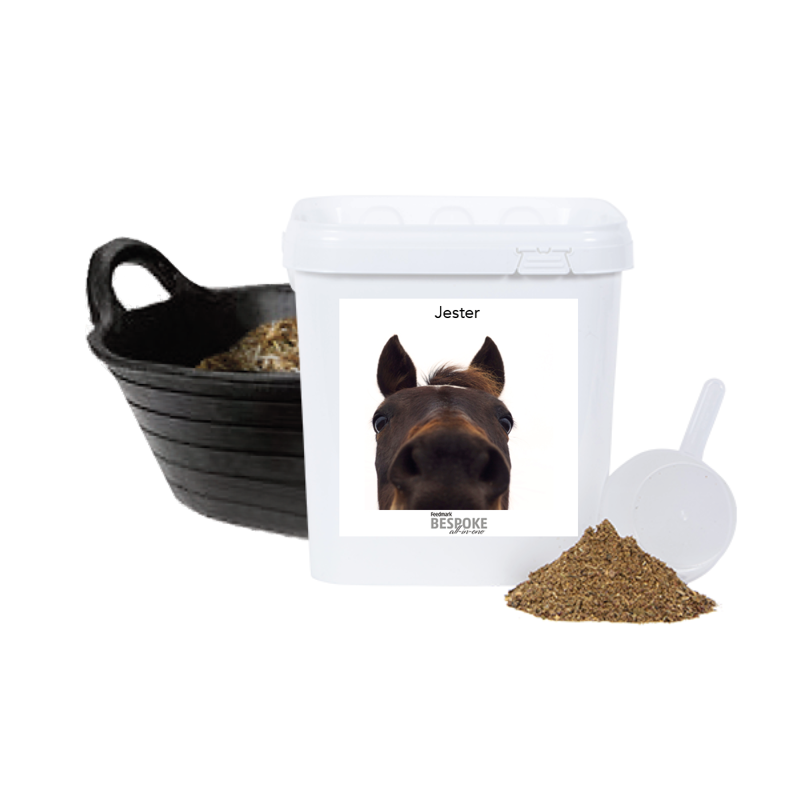
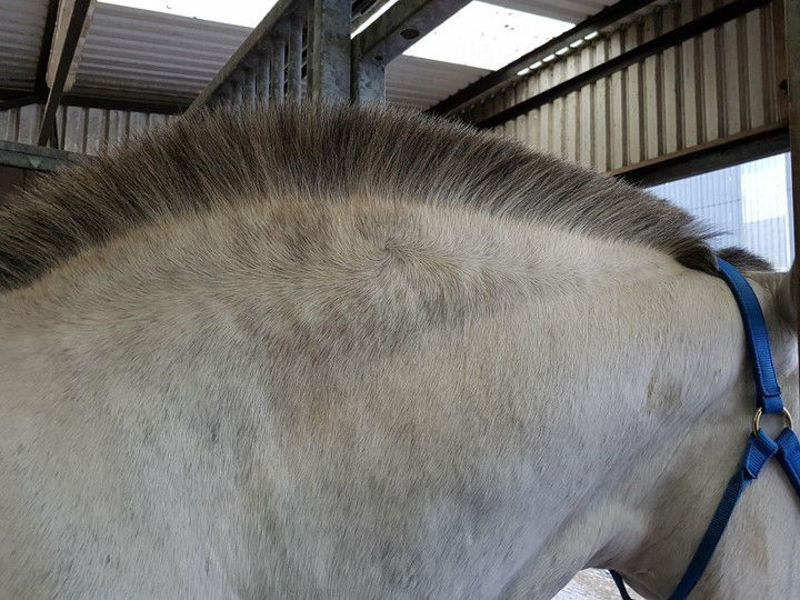
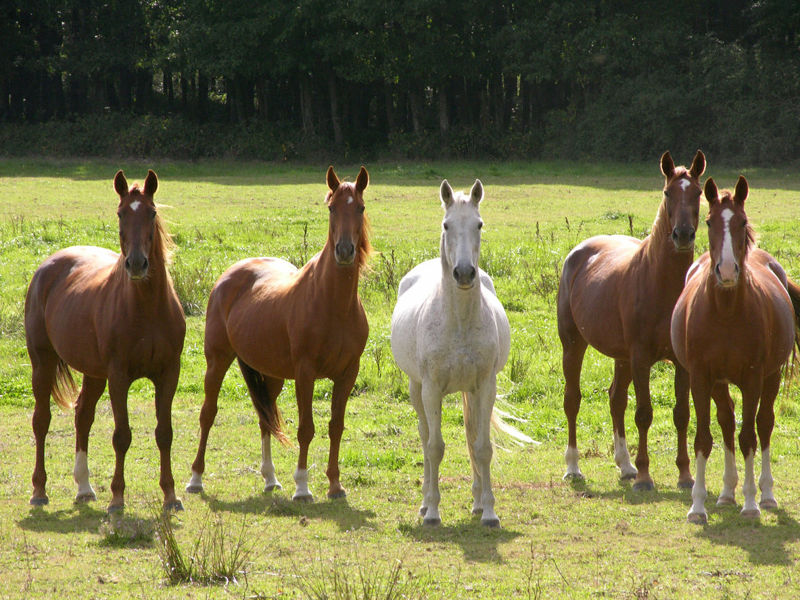
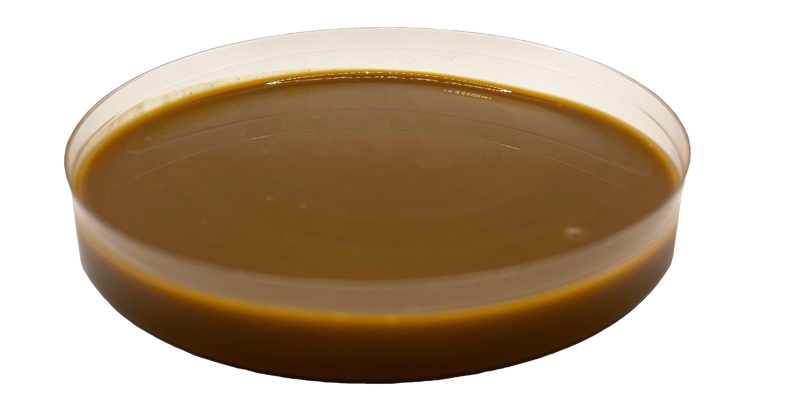
_800.png)
